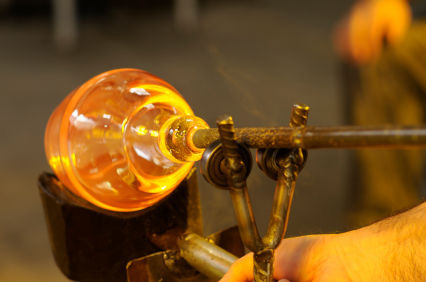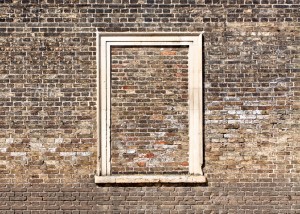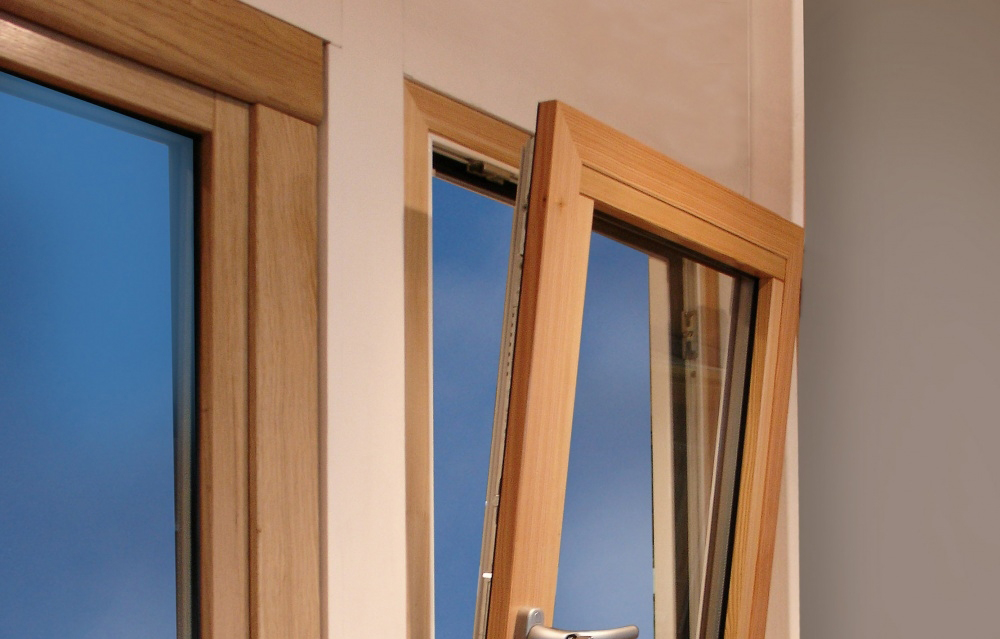Glass and mankind have a long history together – archaeologists have found examples of man-made glass dating as far back as 4000 BC. Glass manufacturing has moved on significantly in the last few hundred years; not only do we rely on it for our windows, but now many large commercial buildings are made entirely from glass. Read on for a detailed history of glass and how it came to be the material of choice for windows around the world.

Glass blowing became a popular technique from the First Century BC. However, it was only when the Romans came to Britain, and after the Empire collapsed, that they revealed the secrets of glass making. There was a glass industry in various parts of Britain, however the glass produced would not have been high quality enough to use as windows, colours and bubbles would have been present.
Towards the end of the 17th century, Britain started to manufacture broadsheet glass, and it was now available in larger pieces. However it was very expensive, so rather than being used for windows it was mainly used for mirrors. In the late 18th century, polished plate glass was introduced, meaning very large panes of high quality glass could be produced. But again it was an expensive process, so only the wealthy could afford this glass and only used it for the best rooms in large houses.

The modern glass industry only started to truly develop in 1845, when a withdrawal on tax duty reduced the price of glass by 75% and increased demand. A cylinder sheet process was introduced, and window glass was manufactured in this way until the 20th century.
During the 20th century, methods of mass-production and new technologies led to much cheaper ways of creating high quality glass in large volumes. In 1907 the first automated glass making machine was unveiled in America, and other developments followed rapidly.

Towards the end of the 20th century, all new building not only had glass windows, but the industry was looking for ways to improve the energy efficiency of them. The double glazed sealed unit
was developed, which uses two panes and absorbent spaces to create an insulating air space.
Today, glass manufacturers are constantly looking for ways to improve windows, such as introducing argon gas which can improve a window’s energy rating by 30%.
It’s difficult to imagine life without glass – not only does it keep us warm in our homes but we use it multiple times a day, to drink from and to keep our food and medicines fresh. Next time you use a piece of glass think about the craftsmen and the glass blowers, hundreds of years ago, who paved the way for glass construction.



